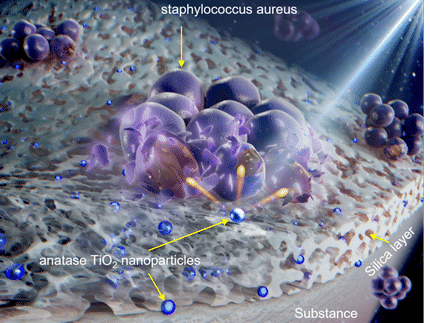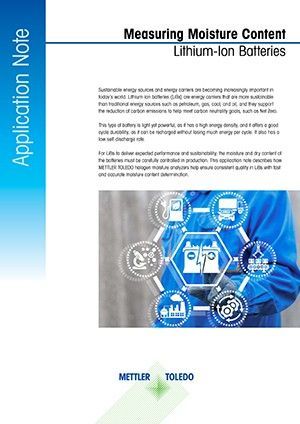BASF increases capacity for the intermediate 2-Mercaptoethanol
BASF is to increase production capacity for 2-Mercaptoethanol (2-ME) at its Verbund site in Ludwigshafen/Germany by more than 40 percent before the end of August 2006, raising the company's annual capacity to more than 10,000 metric tons.
The capacity expansion comes in response to steadily increasing global demand, and significant merchant market shortages in the recent past. "With this expansion, we continue to strive to make our customers more successful, and support them in future application development" says Mark Volmer, head of the Business Unit Acids and Specialties. 2-ME has applications within PVC, Agro Chemicals, Oil Field Chemicals, Paper Coatings, and Fibres.
The operating division Intermediates of the BASF Group develops, produces and markets the world's largest range of intermediates. The most important of the division's more than 600 products include amines, diols, polyalcohols and acids. Among other applications, intermediates are used as starting materials for coatings, plastics, pharmaceuticals, textile fibers, detergents and crop protectants.
Most read news
Topics
Organizations
Other news from the department manufacturing
These products might interest you

Dursan by SilcoTek
Innovative coating revolutionizes LC analysis
Stainless steel components with the performance of PEEK - inert, robust and cost-effective

OCA 200 by DataPhysics
Using contact angle meter to comprehensively characterise wetting behaviour, solids, and liquids
With its intuitive software and as a modular system, the OCA 200 answers to all customers’ needs

Tailor-made products for specific applications by IPC Process Center
Granulates and pellets - we develop and manufacture the perfect solution for you
Agglomeration of powders, pelletising of powders and fluids, coating with melts and polymers

Get the chemical industry in your inbox
By submitting this form you agree that LUMITOS AG will send you the newsletter(s) selected above by email. Your data will not be passed on to third parties. Your data will be stored and processed in accordance with our data protection regulations. LUMITOS may contact you by email for the purpose of advertising or market and opinion surveys. You can revoke your consent at any time without giving reasons to LUMITOS AG, Ernst-Augustin-Str. 2, 12489 Berlin, Germany or by e-mail at revoke@lumitos.com with effect for the future. In addition, each email contains a link to unsubscribe from the corresponding newsletter.




























































